Lower Sabie
For the fifth year in a row, I completed my annual pilgrimage to one of the premier National Parks on this big rock on which we reside. I tried out a new travel strategy, and after leaving a cold and icy London on a Friday evening, I landed to a warm reception at the Oliver Tambo Airport in Johannesburg. Usually, I would have spent the day getting supplies and seeing the family, but this time I decided to drive straight to Kruger.
So with a sore back and bleary eyes, I jumped into my rental car and headed along the N4 toll road. This money-grabbing piece of tarmac led me swiftly and without much excitement to the Malelane Gate, one of the southernmost gates of Kruger.
A wonderful camp
I had booked four nights at the Lower Sabie rest camp this year for two specific reasons. Firstly, having stayed there the year before, I knew I would have many good rhino encounters and would get decent photographs. The second reason was that after the first rains in November, the area tends to become wonderfully green and lush, meaning I would get photos of animals with much greener backgrounds. Usually, you get brown, dreary backgrounds while visiting in winter.
There’s no better feeling than when you drive across the iron cattle grate that spans each of the entry gates in the park. The accompanying realisation that you are in Kruger will guarantee a big smile on your face. I wearily sped along the main tar road to Skukuza, all the while wondering what the first sighting will be. My first guess, the ubiquitous Impala, and then nearly drove into two young giraffes that were running across the road.
I made a slight detour to drive through the flowing Biyamati weir which I had read about on other blogs sites. It didn’t disappoint as I got some decent shots of a White rhino sleeping and Hammerkop fishing. Giant and Pied kingfishers were busily darting across the weir but had no interest in posing.






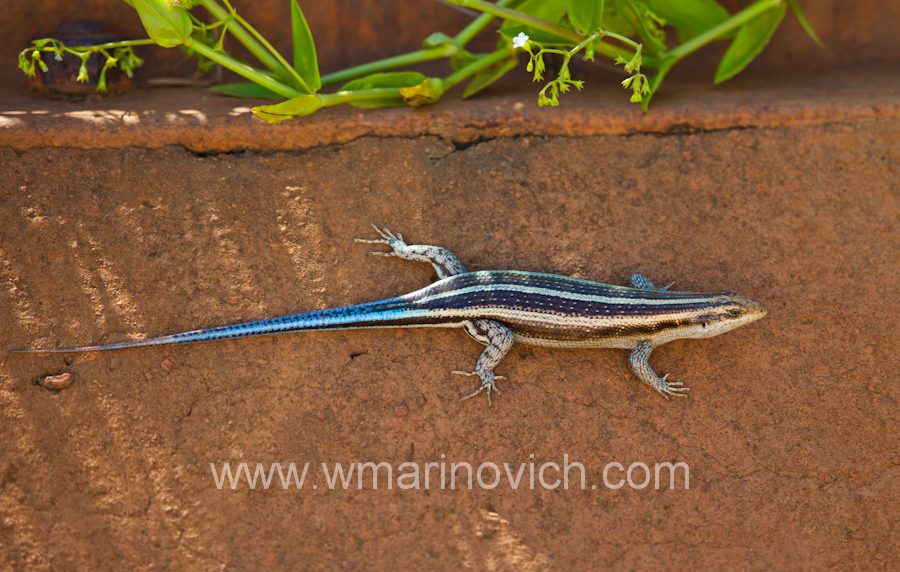


Ready to Go
I then hurried to Lower Sabie to check in, grab an hour sleep and try and be back out on the road for a late afternoon drive when the African light is at its absolute best. I wasn’t to know at that point, that it would be the last of the sun for quite a few days. Check-in went smoothly as always, and I got to the little hut, unpacked and got down to some serious shuteye.
A visit to Lower Sabie is never complete without watching the sun disappear over the aptly-named Sunset dam. After watching the robust antics of the resident hippos, I returned to camp for my first night with a steak, beers and fire gazing. It just doesn’t get any better,
I quickly settled into my usual routine of heading out at 4:30 am and returned at 18:30 each evening. It can be quite a punishing schedule as this leaves you only a few hours of editing and beers in the evening before turning in at 9ish.










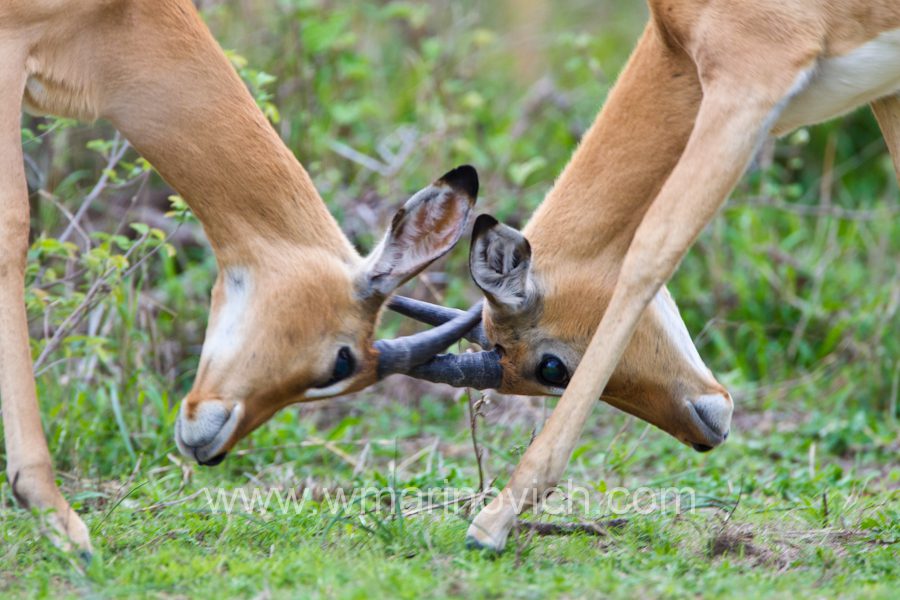

Changeable days
With the bad weather seemingly settled in, photography became more of a challenge. Even though the hard African light becomes wonderfully diffused, the grey sky plays havoc with the light meter. I mostly shoot in AV mode, which always guarantees’ me the fastest possible shutter speed, then I set the exposure compensation according to the scene I have before me. Canon makes it easy with the large wheel placed under your thumb, so I can change the exposure compensation without ever taking my eye from the viewfinder.
The lush green bush brought about some new photographic challenges for me as I attempted to get different shots of species I already had in my stock library. The recent thundershowers had created pools and temporary water holes all over the area, meaning all the grazers disappeared into the wall of green vegetation, followed swiftly by all the predators.
Lake Panic
Still, I focused on touring the gravel roads and was able to expand my ever-growing bird library with regular stops at the many bird hides that now had water. My favourite has always been the Lake Panic bird hide near Skukuza, which didn’t disappoint. Last year I got some shots of a frisky leopard pairing, while this year it provided a glut of kingfishers and hippos. I finally nabbed frame-filling shots of the vivid Malachite kingfisher which has eluded me for many years.




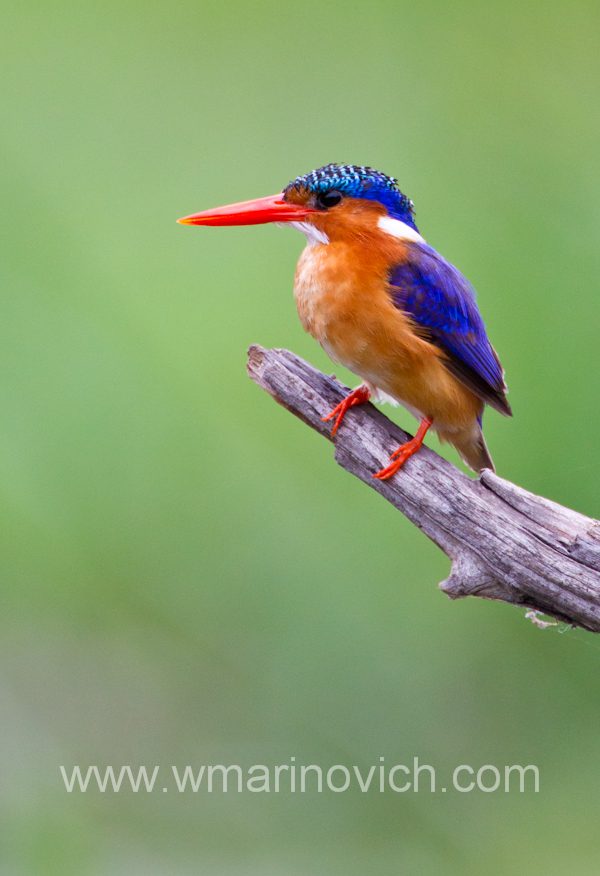



Chacma Baboons; Canon 1D Mark IV, 500mm + 2x conv; 1/250sec, f/5.6, ISO200


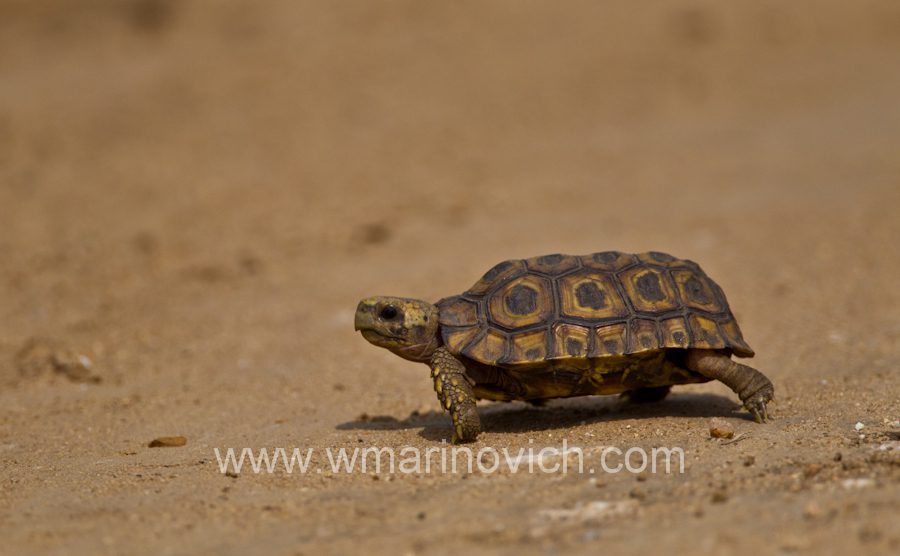

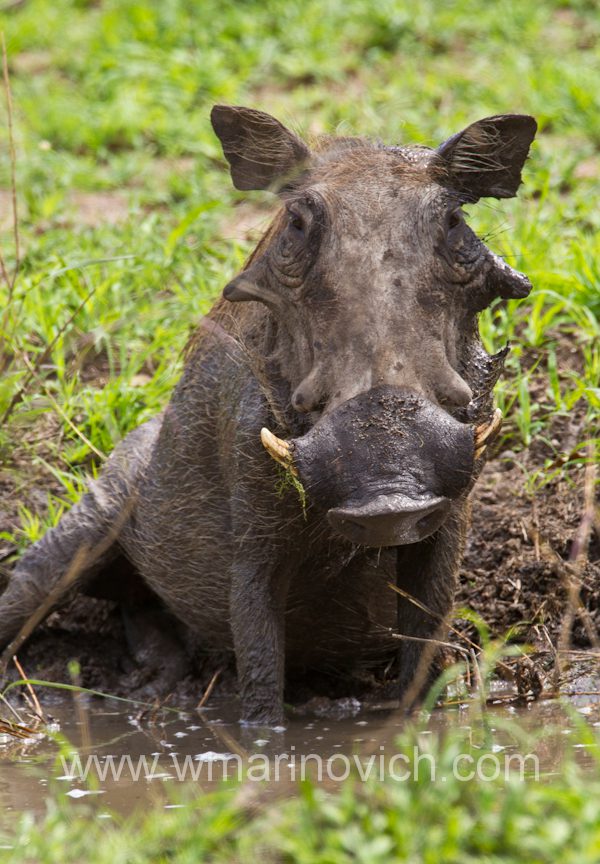







Key places visited:
Biyamati Weir, Lake Panic Bird hide, Sunset Dam. Afsaal picnic site, Ntandanyathi hide.
Main sightings:
Birds:
Martial Eagle, African Wattled Lapwing, European Bee-eater, Violet-backed Starling, Jacobin Cuckoo, Diderik’s cuckoo, Klaas’s cuckoo, Pearl-spotted owlet, Marabou Stork, Comb duck, Levaillants Cuckoo, Red-crested Korhaan, Southern Ground Hornbill, Pied Kingfisher, Malachite Kingfisher, Saddle-billed stork, Brown snake-eagle, White-crowned Lapwing, Red-backed shrike.
Mammals:
White Rhino, Hippo, African Crocodile, Hyena, Lion, Bushbuck, Waterbuck
CLICK HERE for Part 2 of the trip – Satara Rest Camp
Please click on the Subscribe button if you want to receive my newsletter. Click below for photographs, print sales and photographic news + a free sign-up gift.










[…] This post was mentioned on Twitter by Anneli Marinovich. Anneli Marinovich said: RT @WMwildlifephoto: Uploaded part 1 of my Kruger National Park trip report onto my blog http://wmarinovich.com/archives/702 […]
Great, Great photographs, that 500 is a sweet lens
Love all of them
Thanks for stopping by Grant, Had a great time playing with the big lens…Will be posting some pics later of me stacking a 1.4x + 2x with the 500…was really surprised at the shots.
Hi Wayne
Fantastic photos, what a great job.
Cheers
Gregor
Cheers for stopping by Gregor. Keep well.
[…] case you missed it, CLICK HERE for Part 1 of the trip – Lower Sabie Rest […]
[…] Part 1 – Lower Sabie Rest Camp and Part 2 – Satara Rest Camp […]
[…] This meant I could only take photos during the latter part of 2010. I was happy to scramble around England during the deer rut then head off for a visit the Kruger National Park in November. […]